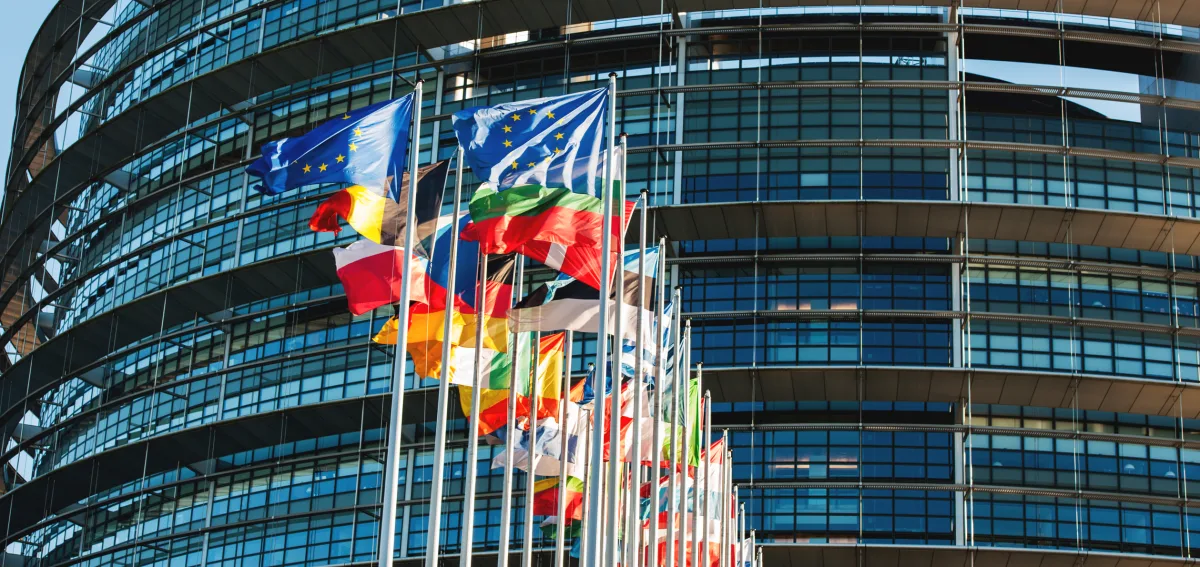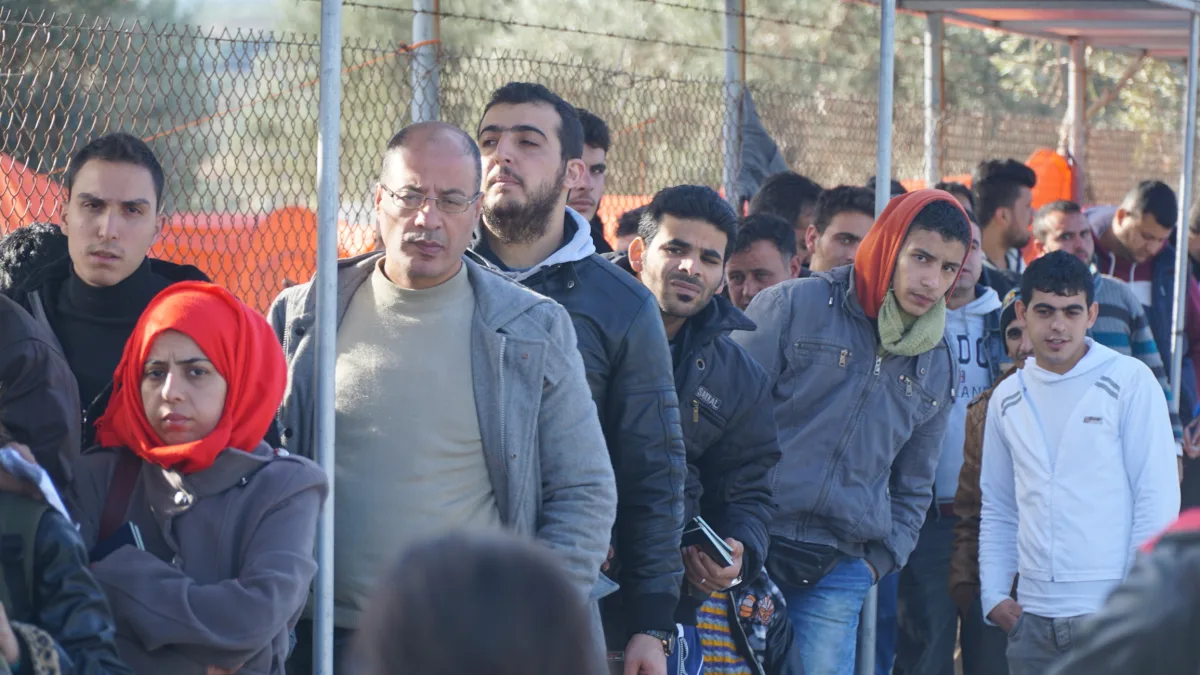The European Union’s enlargement project has always demanded patience. Yet even by Brussels’ glacial standards, this year’s annual assessment of candidate countries reveals a process that moves at wildly different speeds. Some aspirants sprint towards membership. Others stumble. A few have simply given up the pretence of trying.
The European Commission, rarely accused of understatement, declares that “momentum for enlargement stands high”. Perhaps. Ten countries officially queue for entry: Montenegro, Albania, Ukraine, Moldova, Serbia, North Macedonia, Bosnia and Herzegovina, Kosovo, Türkiye and Georgia. Only the first four currently deserve to be taken seriously.
Serious contenders
Montenegro and Albania shine brightest. Both have transformed themselves from Balkan backwaters into plausible candidates. Montenegro has closed four negotiation chapters in the past year and aims to finish talks by the end of 2026—an ambitious target that Brussels now considers achievable. Albania matches this pace. Four negotiating clusters opened last year, with a fifth imminent. Both countries have tackled organised crime and corruption with unexpected vigour. Subject to maintaining momentum, both could join by the decade’s end.
The real surprises come from further east. Ukraine and Moldova, thrust into the accession process by Russia’s invasion, have surged ahead despite war and hybrid threats. Ukraine completed its screening process whilst under bombardment—a feat that required extraordinary bureaucratic discipline. Brussels expects to open all negotiating clusters before year’s end. Kyiv wants to close negotiations by 2028. The Commission considers this “ambitious” but notes an “acceleration of reforms is required”, particularly on rule of law. Translation: possible, but only just.
Moldova faces constant Russian interference yet presses on. The country’s first EU summit in July marked a turning point. Like Ukraine, it should see all clusters open shortly. Chișinău aims to finish talks by early 2028. Brussels calls this “ambitious but achievable”—higher praise than it sounds. Both countries benefit from geopolitical urgency. Nothing concentrates Brussels’ mind like Russian aggression next door.
Where reforms have slowed
Then come the disappointments. Serbia has descended into crisis. Mass protests since November 2024 reflect fury over corruption and heavy-handed policing. The government’s response—divisive rhetoric and pressure on civil society—has poisoned domestic politics. Brussels notes with characteristic understatement that reforms have “significantly slowed down”. In truth, they have stopped. Freedom of expression has deteriorated. Academic freedom erodes.
The Commission demands Serbia “urgently reverse the backsliding”—a phrase that appears with depressing frequency in these reports.
North Macedonia limps along. Constitutional changes agreed in 2022 remain unimplemented. The country must recognise Bulgarian minorities in its constitution before negotiations advance. This domestic political hot potato has paralysed progress. Bosnia and Herzegovina fares little worse. Political crisis in Republika Srpska, one of the country’s two entities, has undermined reform. The Commission lists exactly two achievements: data protection laws and a border control agreement. For a would-be member state, this constitutes failure.
Türkiye represents a category of its own: the candidate that isn’t really trying. Negotiations stalled in 2018 and show no sign of revival. President Recep Tayyip Erdoğan’s government has moved in precisely the wrong direction. Legal actions against opposition figures multiply. Democratic standards deteriorate. Judicial independence withers. Brussels maintains the fiction that Türkiye remains a “key partner”, but accession talks are dead. Everyone knows it. Nobody says it.
‘A special kind of disaster’
Then there is Georgia—a special kind of disaster. The European Council declared last year that Georgia’s accession process had “de facto halted”. Since then, things have worsened. The Commission’s language verges on despair: “serious democratic backsliding”, “rapid erosion of the rule of law”, “severe restrictions on fundamental rights”. New laws crush civic space and violate non-discrimination principles.
Brussels now considers Georgia “a candidate country in name only”—diplomatic speak for “we’re only pretending you still qualify”. The Georgian government appears unbothered by this assessment.
Kosovo occupies an awkward middle ground. Public support for EU membership remains high. Yet political paralysis following February elections has stalled reforms. Relations with Serbia—a prerequisite for membership—remain poisonous. Brussels threatens to maintain sanctions imposed in May 2025 unless Kosovo demonstrates “sustained de-escalation” in its Serb-majority north. The Commission stands ready to assess Kosovo’s application formally, should EU member states request it. None have.
Enlargement requires the consent of the enlarged
The Commission insists enlargement remains a priority. Ursula von der Leyen, its president, calls accession “a unique offer” of “peace, prosperity and solidarity”. Fair enough. But this year’s report reveals the EU’s fundamental problem: it cannot make countries reform. Montenegro and Albania want membership enough to do what Brussels demands. Ukraine and Moldova face existential threats that focus minds wonderfully. Serbia, Georgia and others have decided the price exceeds the benefit.
Brussels talks grandly of “merit-based process” and “readiness of aspiring members”. These phrases conceal an awkward truth: the EU has no leverage over countries that don’t genuinely want to join. It can offer market access, development funds and regulatory alignment. It cannot compel democratic reform in nations whose governments prefer authoritarianism.
The waiting room thus divides. Four countries—possibly five, if Kosovo stabilises—plausibly advance. Three stagnate. Two have effectively withdrawn without admitting it. The “momentum” von der Leyen celebrates exists only for those already moving. The rest simply occupy space, going through motions whilst heading nowhere. Enlargement, it turns out, requires the consent of the enlarged. That remains the project’s most obvious, and most awkward, limitation.
Photo: Dreamstime.






